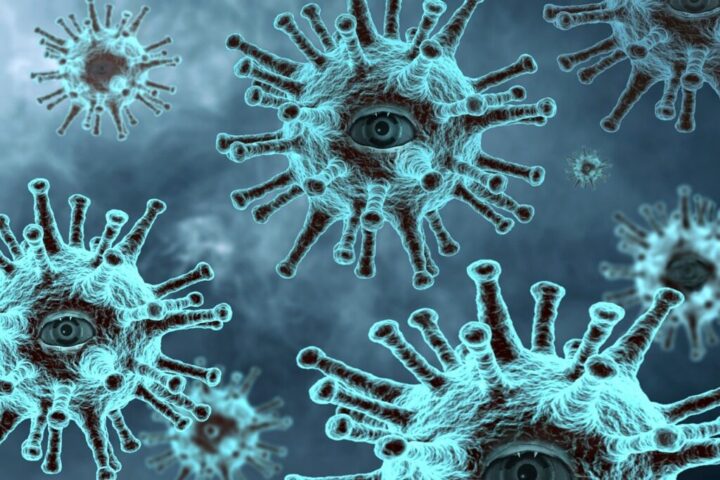COVID-19 long-haulers, now called Post-Acute Sequelae of SARS-CoV-2 Infection, or PASC, have often been compared to myalgic encephalomyelitis/chronic fatigue syndrome (ME/CFS). However, there wasn’t a study directly comparing these two conditions until now.
A recent study by an expert in ME, Leonard Jason discusses how the two conditions are similar as well as how they are different.
This study was recently published in Fatigue: Biomedicine, Health and Behavior.
The Study
This study included 300 PASC patients. Each were asked questions at two different time points. First, they were spoken to a couple of weeks after they first got sick and second, they were spoken to recently. The symptoms they explained were compared directly to 500 ME patients. Most of the ME patients in this sample had been sick for over two years and most of the PASC patients had been sick for 5 and a half months.
Typical criteria for a ME diagnosis is 6 months of symptoms, so the PASC patients in this study were very close to that diagnostic mark.
Demographics of sex and age across the two groups of patients were similar.
Results
Many of the symptoms between the two conditions were similar; however, the timelines were different. At the beginning of COVID onset, patients experienced much worse symptoms than ME patients. However, by the end of the 5 and a half month mark, ME patients were worse off.
Jason explains that the more severe PASC symptoms which occurred early on were likely due to the body’s ongoing immune response. These symptoms included flu-like symptoms, swollen lymph nodes, sore throats, fever, high temperature, chills, night sweats, and feeling extreme temperatures.
Symptoms which stayed consistent over time for PASC patients were pain, sleep, and GI symptoms. Neurocognitive symptoms worsened slightly.
Also of note is that post-exertional malaise (PEM) was present in both conditions. This is noteworthy because this is not something which is common in other conditions. In both ME and PASC, it was a primary symptom. Compared to other symptoms, the PEM score was about 20% more. This includes fatigue, feeling drained, and issues even with minimal exercise.
Additional symptoms which impacted both groups were feeling unrefreshed after sleep, issues paying attention, frequent naps, muscle pain, and soreness.
Found in PASC patients but not in ME patients were respiratory symptoms such as breathing issues and general shortness of breath. Additionally, irregular heart beat and chest pain were found in this group.
Ultimately though, the core symptoms of PEM, cognition, and sleep were the same across both groups.
Conclusion
Overall, it is appearing that PASC patients are looking more and more like ME patients as time with the condition goes by. PEM is a main symptom in both conditions.
Although early symptoms of PASC varied at the beginning of COVID onset, over time it looks closer and closer to ME as the immune response dies down.
You can read more about this study and its findings here.








